Labor Shortages
Labor shortages in various sectors are prompting businesses to turn to robotics as a viable solution, thereby influencing the Global Robotics Market Industry. As the workforce ages and fewer individuals enter certain trades, companies are increasingly relying on robots to fill gaps in labor. For instance, in agriculture, robotic systems are being deployed for tasks such as harvesting and planting, which are becoming harder to staff. This trend is likely to continue, as organizations seek to maintain productivity levels despite workforce challenges, further driving the market's expansion.
Market Growth Projections
The Global Robotics Market Industry is projected to experience substantial growth, with estimates indicating a market value of 74.1 USD Billion in 2024 and a remarkable increase to 476.0 USD Billion by 2035. This growth trajectory suggests a compound annual growth rate of 18.42% from 2025 to 2035, reflecting the increasing adoption of robotics across various sectors. The market's expansion is driven by factors such as technological advancements, rising automation demand, and labor shortages, which collectively create a favorable environment for robotics innovation and deployment.
Technological Advancements
The Global Robotics Market Industry is experiencing rapid technological advancements that enhance the capabilities and efficiency of robots. Innovations in artificial intelligence, machine learning, and sensor technologies are driving the development of more sophisticated robotic systems. For instance, collaborative robots, or cobots, are increasingly being adopted in manufacturing settings to work alongside human workers, improving productivity and safety. As these technologies evolve, they are expected to contribute significantly to the market's growth, with projections indicating a market value of 74.1 USD Billion in 2024, potentially reaching 476.0 USD Billion by 2035.
Increased Automation Demand
There is a growing demand for automation across various industries, which is a key driver for the Global Robotics Market Industry. Industries such as manufacturing, healthcare, and logistics are increasingly adopting robotic solutions to enhance operational efficiency and reduce labor costs. For example, automated guided vehicles are being utilized in warehouses to streamline inventory management. This trend is likely to accelerate, with a projected compound annual growth rate of 18.42% from 2025 to 2035, indicating a robust shift towards automation and the integration of robotics in everyday operations.
Global Supply Chain Optimization
The optimization of global supply chains is increasingly reliant on robotic solutions, which serves as a major driver for the Global Robotics Market Industry. Companies are adopting robotics to improve efficiency, accuracy, and speed in their supply chain operations. For instance, robotic process automation is being utilized to streamline order fulfillment and inventory management. This trend is expected to gain momentum as businesses seek to enhance their competitiveness in a globalized market. The integration of robotics into supply chains is likely to contribute to the projected market growth, aligning with the overall trend towards automation.
Rising Investment in Research and Development
Investment in research and development is a crucial factor propelling the Global Robotics Market Industry forward. Governments and private entities are allocating substantial resources to innovate and enhance robotic technologies. For example, initiatives aimed at developing autonomous vehicles and drones are gaining traction, supported by funding from various national programs. This influx of investment not only fosters innovation but also encourages collaboration between academia and industry, leading to breakthroughs that could redefine the robotics landscape. As a result, the market is poised for significant growth in the coming years.
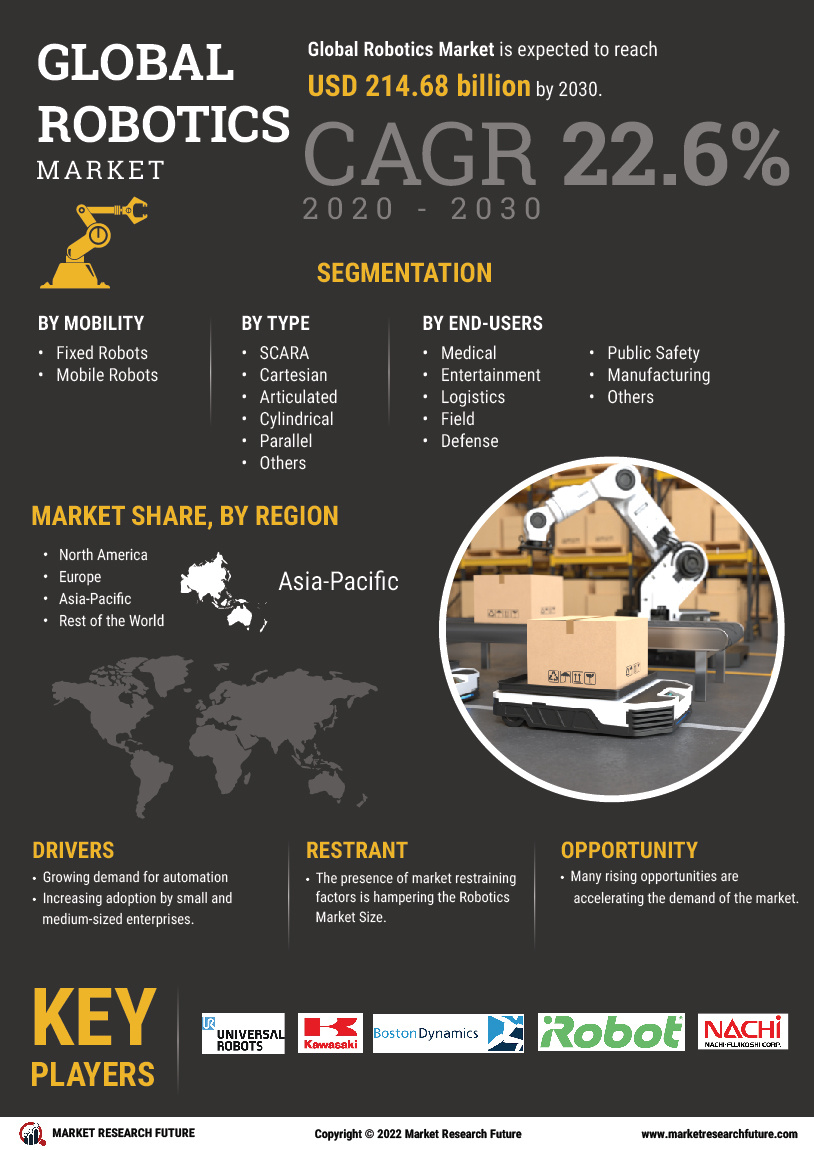
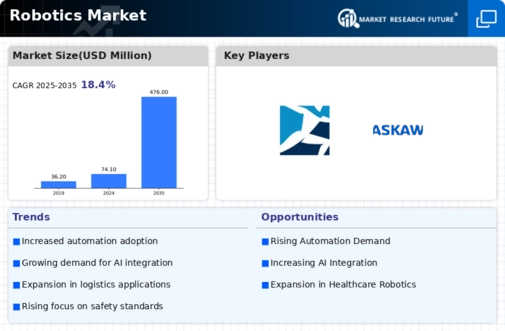


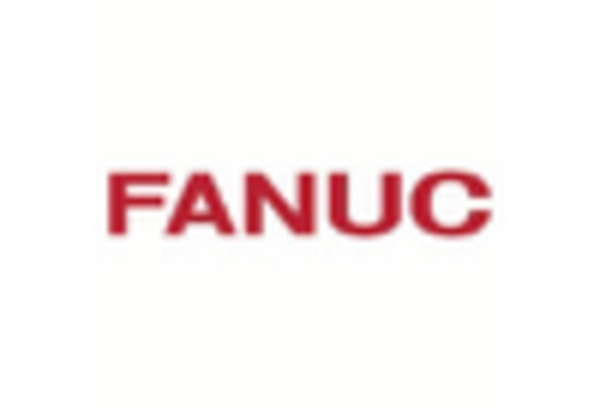

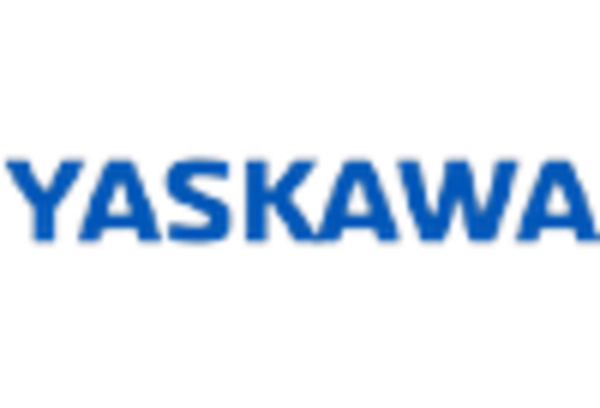
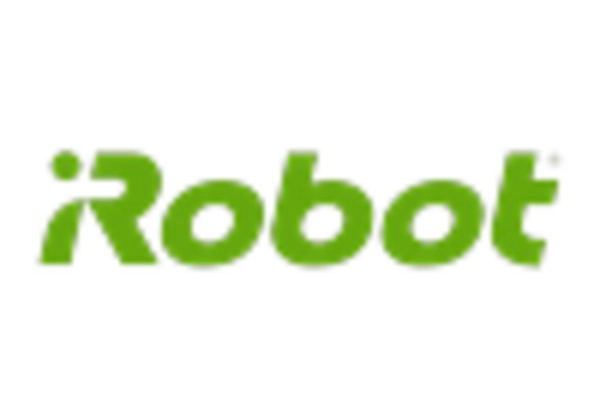








Leave a Comment